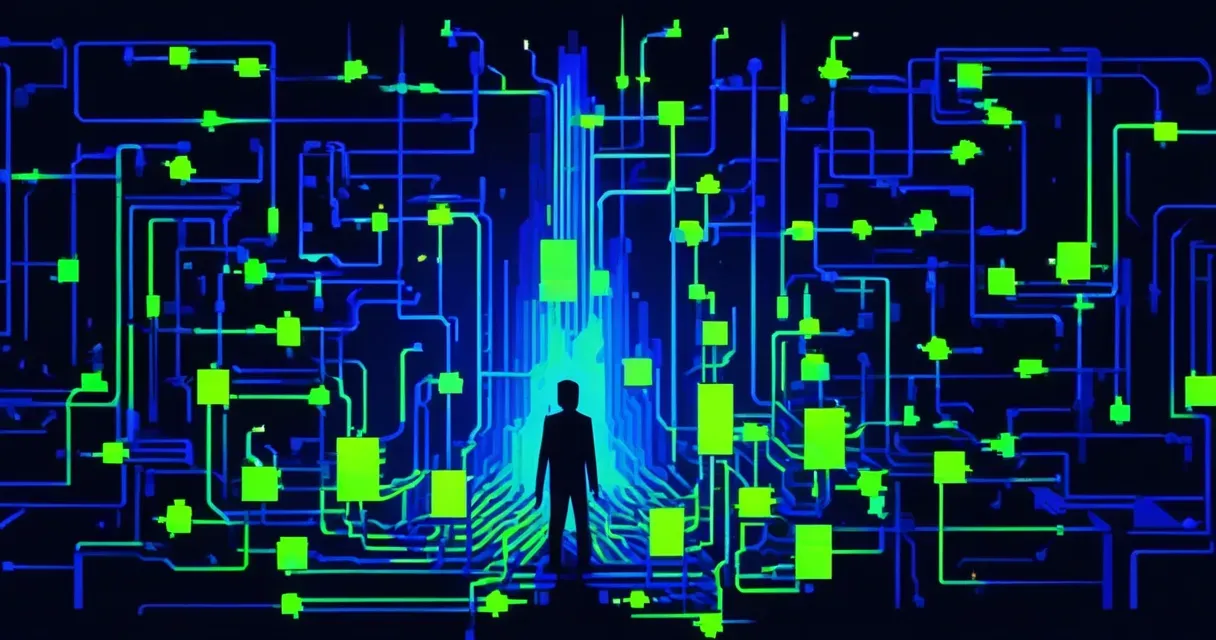
Study Examines Data Privacy Risks in Graph Neural Networks
/ 4 min read
Quick take - Researchers from The Pennsylvania State University and Hong Kong University of Science and Technology (Guangzhou) have developed a framework called GraphSteal to address the risks of data leakage in Graph Neural Networks (GNNs) by reconstructing training graphs without prior access to the original data, highlighting the need for privacy-preserving methods in bioinformatics and other applications.
Fast Facts
- Researchers from The Pennsylvania State University and Hong Kong University of Science and Technology have studied Graph Neural Networks (GNNs) and their applications in bioinformatics, highlighting concerns about the need for extensive expert annotations that can lead to data leakage.
- The study introduces GraphSteal, a novel framework that uses a graph diffusion model to generate high-quality graphs resembling target training sets, addressing the risk of extracting training graphs from trained GNNs.
- GraphSteal operates without prior information about the training data and includes components like a graph generator and noise generator, trained on an auxiliary dataset to ensure realistic graph reconstruction.
- Experimental results demonstrate that GraphSteal outperforms existing methods in validity, uniqueness, and reconstruction rate, showcasing its versatility across different GNN models.
- The authors emphasize the ethical implications of their findings, advocating for privacy-preserving methods in GNNs and calling for further research into black-box graph stealing attacks and potential defenses.
Study on Graph Neural Networks and Data Privacy
Researchers from The Pennsylvania State University and Hong Kong University of Science and Technology (Guangzhou) have published a study on Graph Neural Networks (GNNs) and their applications, particularly in bioinformatics.
Concerns Over Expert Annotations
The study, authored by Minhua Lin, Enyan Dai, Junjie Xu, Jinyuan Jia, Xiang Zhang, and Suhang Wang, highlights a significant concern regarding the need for extensive expert annotations in training GNNs. These annotations can be costly and may contain sensitive information, raising the risk of private training data leakage. GNNs have the capability to memorize training samples, which exacerbates this risk.
The authors present a theoretical analysis that connects the parameters of trained GNNs with the training graphs, emphasizing the potential for data leakage. Their investigation focuses on the relatively unexplored issue of extracting training graphs from trained GNNs.
Introducing GraphSteal
To address this, they propose a novel framework named GraphSteal. GraphSteal employs a graph diffusion model with diffusion noise optimization to generate high-quality graphs that closely resemble the target training set. The framework incorporates a selection methodology that uses GNN model parameters to identify training graphs within the generated samples.
Extensive experiments conducted on real-world datasets demonstrate the effectiveness of GraphSteal in reconstructing training graphs from trained GNNs. The introduction of the paper emphasizes the significance of GNNs in modeling graph-structured data in diverse applications such as social networks, finance, and molecular graphs.
The authors elaborate on the message-passing scheme inherent in GNNs, which updates a node’s representation by aggregating information from neighboring nodes. This process maintains node attributes and the local graph structure. They stress the critical need to safeguard the privacy of training data, especially in vital applications.
Methodology and Experimental Results
Existing model inversion attacks have mainly focused on reconstructing graph topologies or inferring sensitive node attributes. The authors point out that these approaches do not adequately address the risk of training graph theft without access to the original private data. GraphSteal is designed to reconstruct training graphs without any prior information about the training data.
The framework includes components such as a graph generator, a noise generator, and a reconstructed graph selector. These components leverage the parameters of the target GNN model. The graph diffusion model is trained on an auxiliary dataset that shares a similar distribution with the target dataset. This training is crucial for ensuring the realism and quality of the reconstructed graphs.
The article provides a detailed methodology section that outlines the processes involved in reconstruction generation and selection. Experimental results show that GraphSteal surpasses existing methods in terms of validity, uniqueness, reconstruction rate, and Fréchet ChemNet Distance (FCD). The authors also discuss the versatility of GraphSteal across different GNN models, affirming its effectiveness in various contexts.
The paper explores the influence of the number of selected graphs on reconstruction performance. Ablation studies are conducted to evaluate the contributions of different components within the framework. The authors highlight the necessity for additional research into black-box graph stealing attacks and potential defenses against such vulnerabilities.
The ethical implications of their findings are also addressed, underscoring the importance of developing privacy-preserving methods for GNNs. The datasets utilized in their experiments are publicly available, and the research adheres to established ethical standards.
Original Source: Read the Full Article Here


